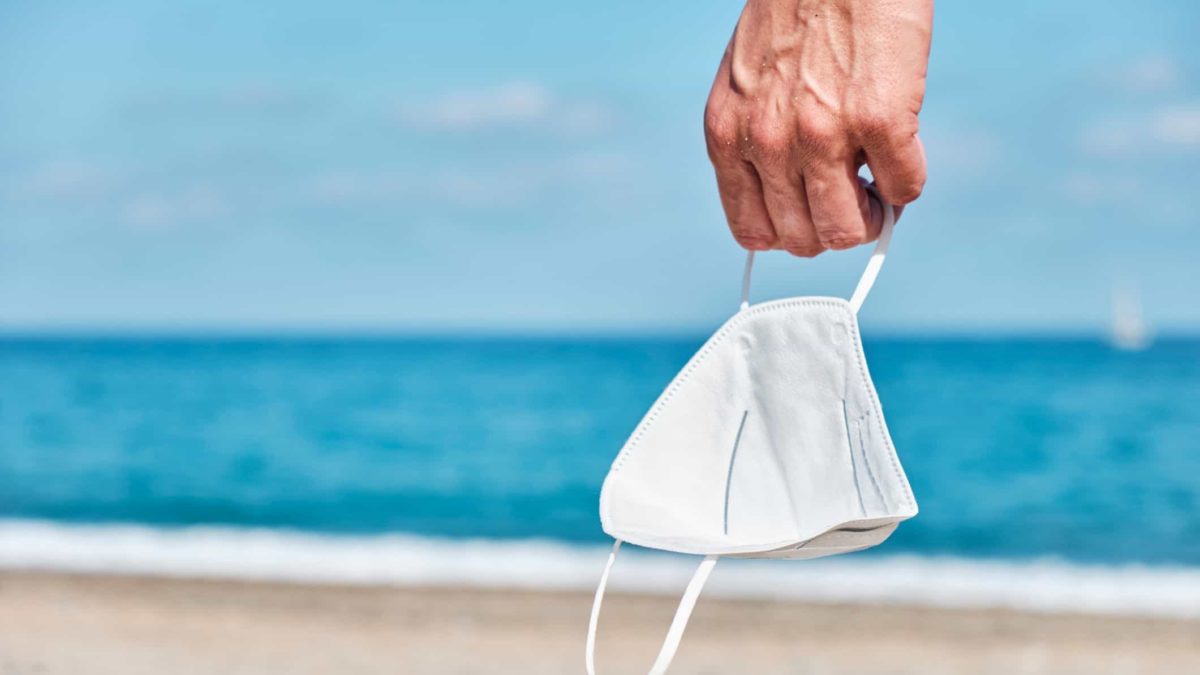Last week I wrote about how everyone was cheering over the latest jobs data. The December 2020 jobless rate slid slightly lower, hitting 6.6% compared to November 2020's rate of 6.8%.
Furthermore, The Australian Financial Review (AFR) reported Thursday that, nationwide, "More than 90% of jobs lost in the COVID-19 crisis have been regained at a pace faster than economists expected…"
Things like the improving jobs numbers and record breaking iron ore prices are positive economic indicators for Australia. However, as the country continues to march through the pandemic, many parts of the tourism industry are still getting annihilated.
The COVID hit copped by the Aussie tourism industry
Tourism Research Australia's State of the Industry 2018-2019 report (released in March 2020) shed some light on the significance of the tourism industry in Australia. It noted that, during the time period covered in the report, domestic travellers spent over $100 billion for the first time. International visitors to Australia dished out $44.6 billion.
Regarding COVID, the report noted that, "The coronavirus creates ongoing risks to international tourism," and "With travel restrictions now imposed, the breadth of the event is yet to be seen."
AFR also reported last week that, according to modelling carried out by the Tourism & Transport Forum, up to one in five businesses that contribute to Australia's previously thriving tourism industry could go bust in 2021. AFR further highlighted that Australia's national tourism workforce is presently 55% of it's pre-coronavirus size and that the "worst case scenario" could see this number to drop as low as 35% by September.
What's being done?
Even as COVID restrictions continue to ease and holiday makers return to popular tourist spots throughout Australia, this is of little help to local economies if many businesses remain closed due to a lack of staff.
In an effort to help support their struggling hospitality industries, many Australian communities are relying on innovative measures. For example, as reported by the Clarence Valley Independent, Clarence Valley Council in Northern New South Wales plans on offering affordable accommodation for local hospitality staff to attract desperately needed workers to the area.
The council has advised it has just been granted a 2-year extension to continue using the Yamba Business Park for low-cost, temporary accommodation. The facility, once used to house Pacific Motorway construction workers, will now house hospitality workers for the next two years. The idea is that affordable housing will attract the staff needed by local shops for them to remain open.
This action, initiated via a Ministerial Order, is being brought forward as a number of restaurants and cafes struggle with insufficient staffing availability. Some eateries are currently attempting to deal with this problem by restricting their daily opening hours. Others are closing for entire days because they are unable to find staff to work.
Foolish takeaway
Whilst we are now seeing some positive economic indicators and many sectors are enjoying post-COVID recoveries, the Australian tourism industry is still continuing to experience significant hardship. Rather than waiting for COVID to miraculously subside, some communities (such as Clarence Valley) are taking their own actions locally to help keep their hospitality businesses afloat.









